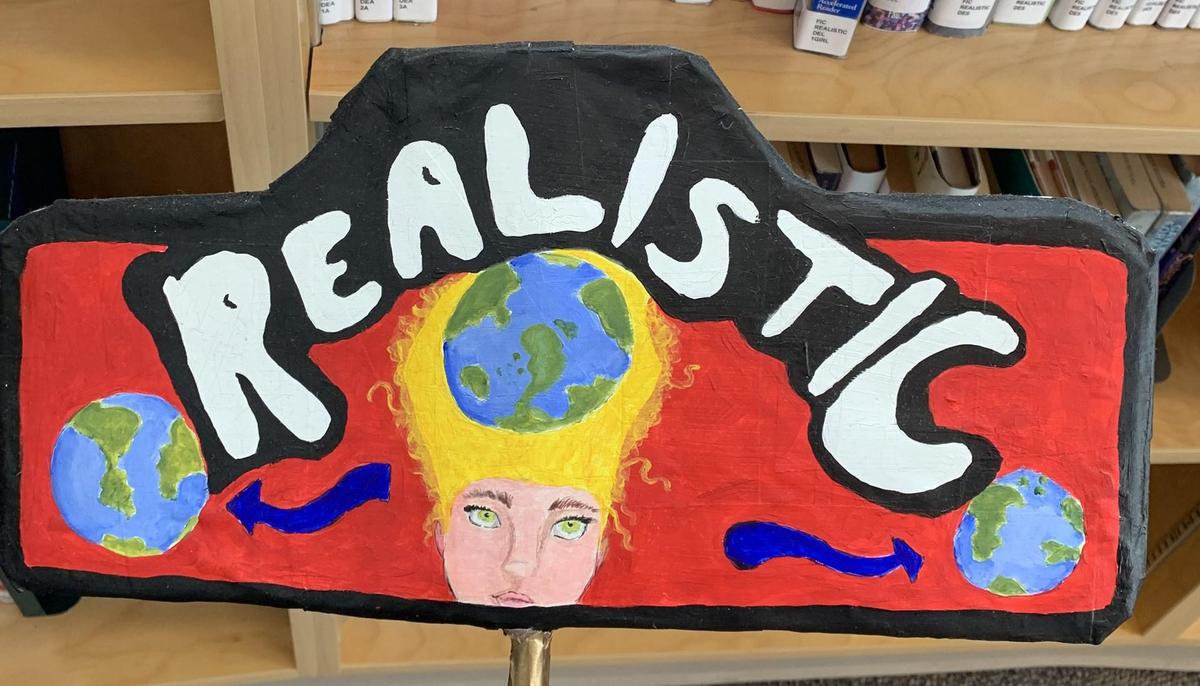Genrefication is a fairly new method for organizing a fiction collection in a library and was often something only seen in book stores. However, it allows students to quickly find a book based on the genre category rather than simply the author. The process is timely, requires extensive planning and can be helpful in identifying areas of the collection that are limited. The key to genrefication is choosing which genres to include and having proper signage, so students can easily navigate the collection. It is also important for students to be familiar with the library catalogue.
The following genres have been used to organize the Fiction books: Realistic Fiction, Issues, Romance, Paranormal Romance, Horror, Dystopia, Science Fiction, Historical, War, Sports, Classic, Action, Mystery, Fantasy and Humour. There is also Graphic Novel section and an Indigenous section.
Call numbers indicate which genre category a book is in. For example the call number for the Diary of a Wimpy Kid series is: FIC HUMOUR KIN 1DWK
FIC HUMOUR indicates where the book can be found, while KIN is the author's last name, and 1DWK is the series number and name.
Stickers have also been used to identify books that are short stories, novels in verse, stories with 2SLGBTQ+ characters, Indigenous and Ally authors, and books that have been made into a movie.
HUMOUR
Stories that are intended to be HUMOROUS and make the reader LAUGH.
REALISTIC FICTION
Stories that didn't really happen, but COULD happen in real life. These stories include characters who face a challenge, learn lessons, and possibly change. This section also includes stories about life issues: personal, societal and global with challenging problems for the characters to overcome.
ROMANCE
Stories about a feeling of excitement and mystery associated with LOVE. An expressive and pleasurable feeling from an EMOTIONAL ATTRACTION towards another person.
PARANORMAL-ROMANCE (Para-Rom)
Stories that focus on ROMANCE and ROMANTIC LOVE and include elements beyond the range of scientific explanation, blending together themes from the speculative genres of FANTASY, SCI-FI and HORROR.
HORROR
Stories which intend to, or have the capacity to FRIGHTEN, SCARE, DISGUST, or STARTLE the reader by inducing feelings of HORROR or TERROR.
DYSTOPIA
Stories that focus on POVERTY, public MISTRUST, and SUSPICION, a POLICE STATE or OPPRESSION.
SCIENCE FICTION
 |
 |
Stories that could not happen in real life and may take place in the FUTURE with FUTURISTIC SCIENCE and TECHNOLOGY.
FANTASY
 |
 |
Fictional story that involve events that could NOT happen in real life (because we can't figure out how magic works).
HISTORICAL FICTION
|
|
 |
Stories that did not really happen, but are based on HISTORICAL EVENTS.
CLASSIC
 |
 |
Books based on a assortment of genres. The stories have stood the test of time and the work is usually considered to be a representation of the period in which it was written; the work merits lasting recognition.
WAR
 |
 |
Stories based on TRAGEDY that depict a CONFLICT or war between people, countries, and nations.
SPORTS
 |
 |
Stories that portray characters who are in or part of the sporting community; athletes, coaches, managers etc.
ACTION (Thriller, Adventure & Survival)
Stories that portray characters who are in or part of the sporting community; athletes, coaches, managers etc.
MYSTERY
Suspenseful stories about puzzling events that are not solved until the end of the story.
GRAPHIC NOVELS
Stories that are presented in comic-strip format. Not only do we have a large collection of Manga, there is also a large selection of narrative non-fiction.
RAPID READS
Stories are written to grab the reader quickly and pull them through to the end. Authors are required to use action driven dialogue, avoid long boring descriptions and keep it around 100 pages.
INDIGENOUS NOVELS AND NONFICTION
The fiction books in this section include Indigenous characters and Indigenous ways of knowing. The authors are Indigenous or they are ally authors that have shown reciprocity by acknowledging that they gained their knowledge from an Indigenous person.







































